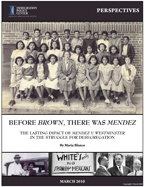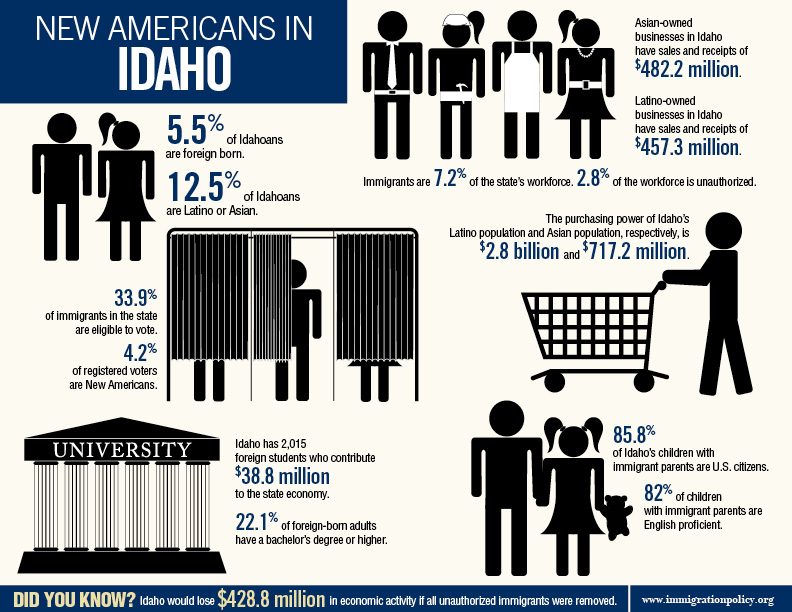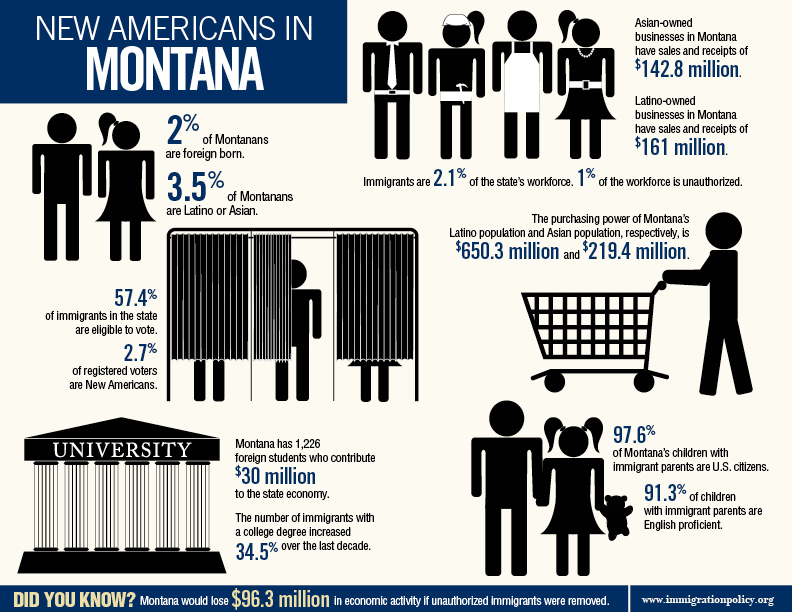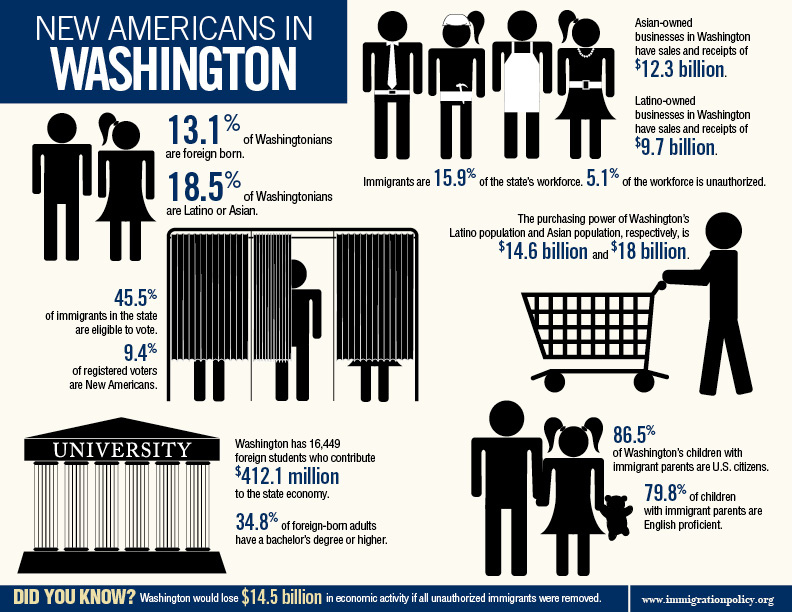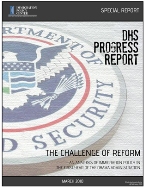Released on Tue, Mar 30, 2010
Washington D.C. - This Sunday, the editorial pages of the Washington Post included a piece penned by journalist George Will on the topic of birthright citizenship. Will highlights a scholar who argues against giving those born in the United States birthright citizenship and characterizes the repeal of a 150 year-old constitutional tenet as "a simple reform." Normally, the idea of stripping those born in America of their right to citizenship has been relegated to the domain of immigration restrictionists and select politicians who try to exploit it for electoral gains. In endorsing this argument, Mr. Will has looked past a whole body of research which examines the dramatic and far- reaching consequences this would have on American society.
The arguments about birthright citizenship revolve around the Fourteenth Amendment of the Constitution, which affirms that all persons born in the United States (and subject to its jurisdiction) have a birthright to citizenship. A repeal of the 14th amendment is sometimes raised as a "cure" to our current broken immigration system, when in reality it takes us further away from the larger conversation that must be had about how we can fairly and efficiently revamp American immigration. Proposing solutions to the symptoms, rather than the root causes of a broken system, do nothing to solve our overall immigration problems and create divisions and dysfunctions in our society at all levels.
In the spirit of balance, the Immigration Policy Center is re-releasing our four-part series originally released in September, 2009 on birthright citizenship entitled: Made in America, Myths & Facts about Birthright Citizenship.Read more...
View Release


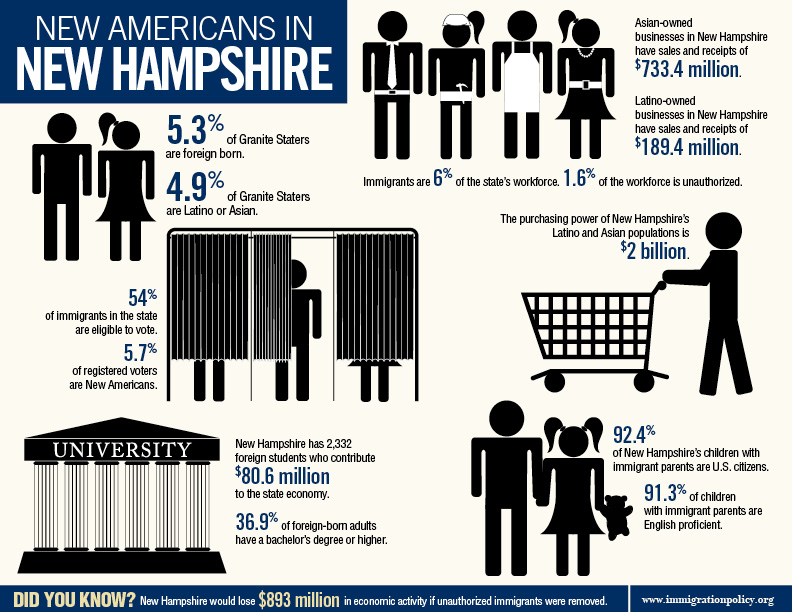
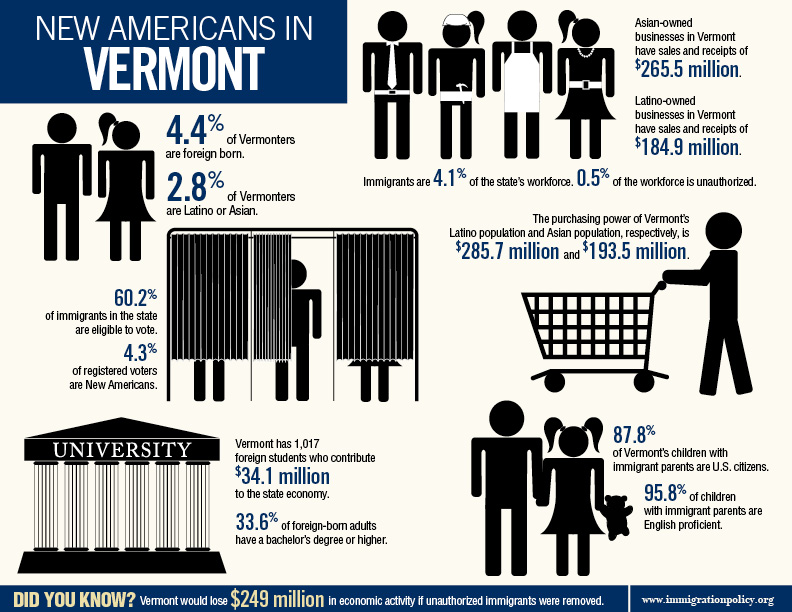 The Political and Economic Power of Immigrants, Latinos, and Asians in the Green Mountain State (Updated January 2012)
The Political and Economic Power of Immigrants, Latinos, and Asians in the Green Mountain State (Updated January 2012)